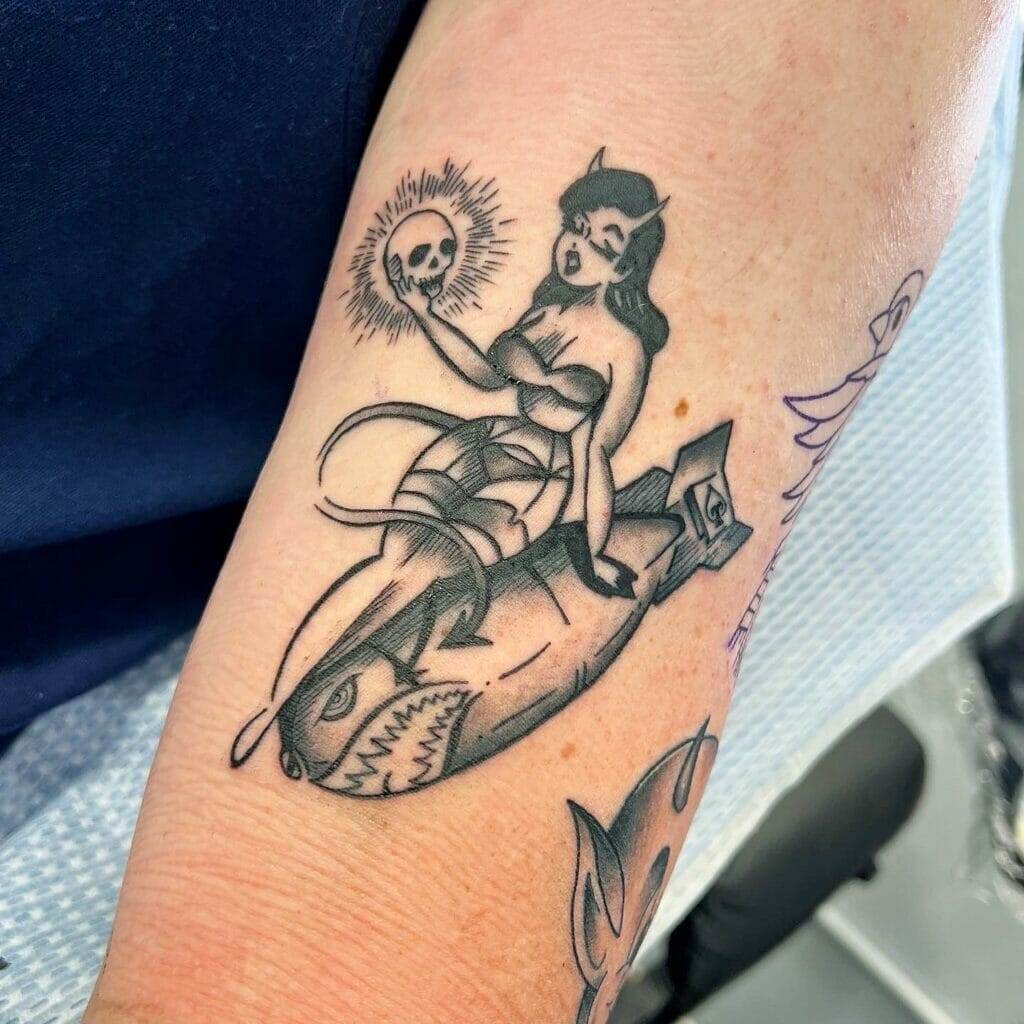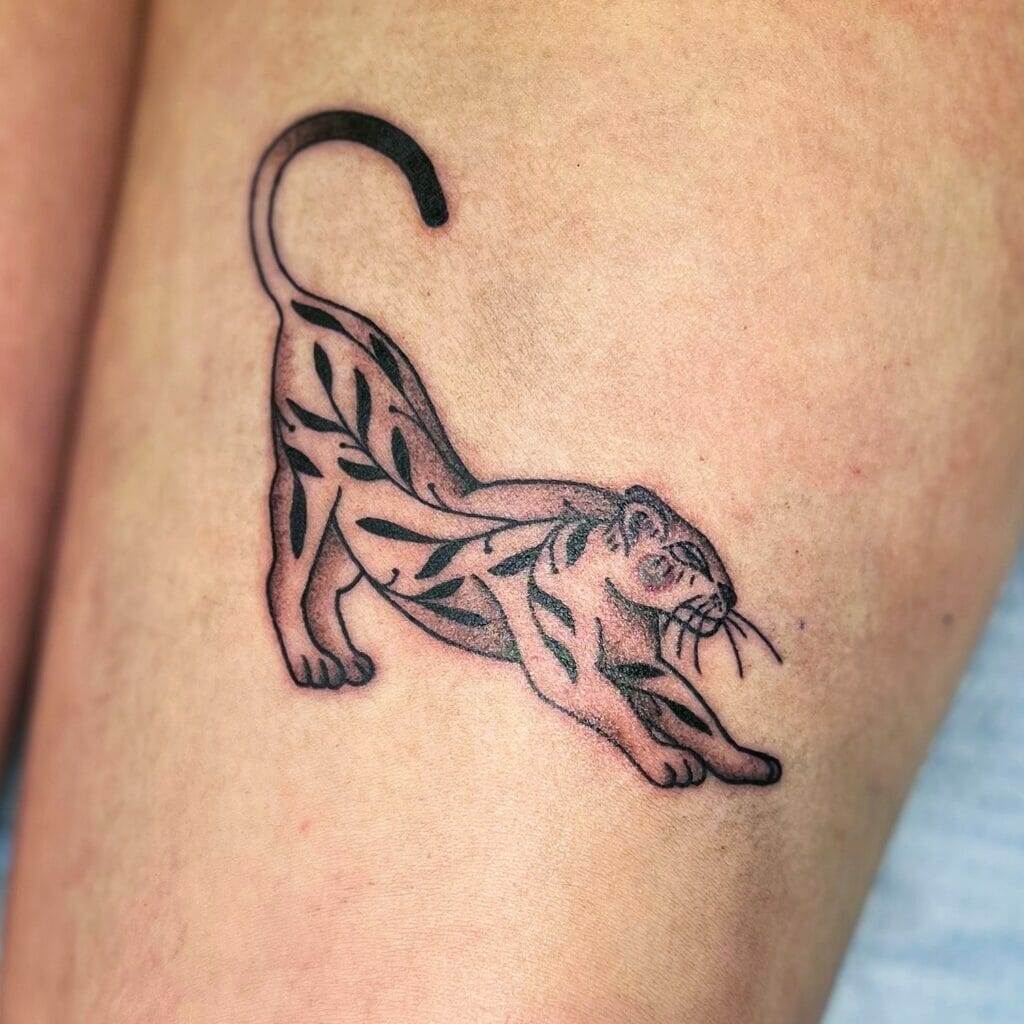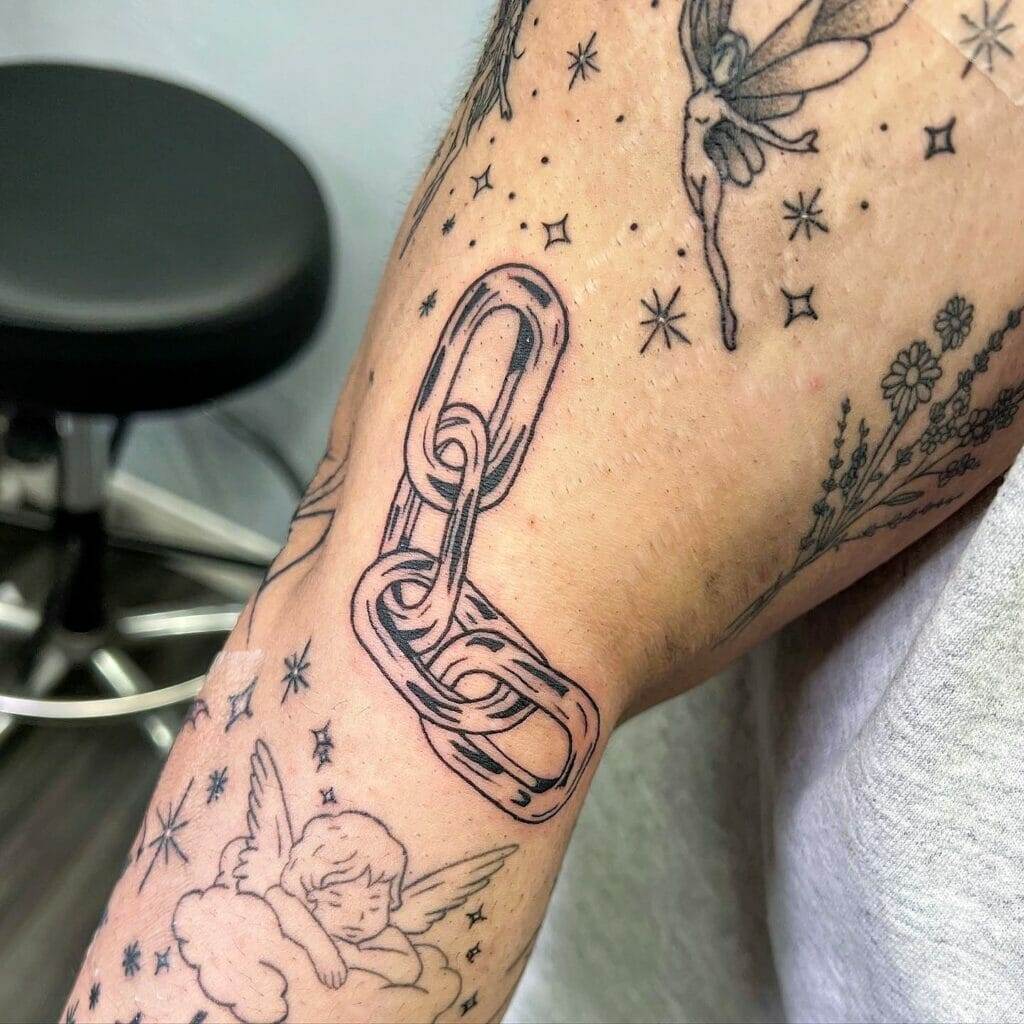Monochrome tattoos, also known as black and grey tattoos, have a timeless appeal that continues to captivate people around the world. These tattoos, created using only black ink or varying shades of grey, have a unique aesthetic that sets them apart from their colorful counterparts. Despite the ever-changing trends in the tattoo industry, monochrome tattoos have remained popular throughout the years. This article will explore the history, artistic merits, versatility, emotional impact, practical advantages, cultural significance, social perception, influence on contemporary art, and future of monochrome tattoos.
The History of Black and Grey Tattoos: From Prison Culture to Mainstream Art
The origins of black and grey tattoos can be traced back to prison culture. In the 20th century, inmates would create makeshift tattoo machines using everyday objects such as guitar strings and pens. Due to limited resources, they would often use black ink or diluted ink to create their tattoos. This led to the development of a distinct style characterized by bold lines and shading.
Over time, black and grey tattoos made their way into mainstream tattooing. Artists began to experiment with different techniques and styles, pushing the boundaries of what could be achieved with just black ink or shades of grey. Some key artists who helped popularize this style include Jack Rudy, Freddy Negrete, and Mark Mahoney. Their contributions to the art form helped elevate black and grey tattoos from their humble beginnings in prison culture to a respected form of artistic expression.
The Artistic Merits of Monochrome Tattoos: Shades, Contrast, and Texture
One of the main artistic merits of monochrome tattoos is their use of shades, contrast, and texture. By utilizing different shades of grey and varying degrees of contrast, artists can create stunning and visually striking designs. The use of shading adds depth and dimension to the tattoo, making it appear more realistic and three-dimensional. Additionally, the texture created by the varying densities of ink adds a tactile quality to the tattoo, enhancing its overall aesthetic appeal.
These artistic elements can be used to create a wide range of designs, from intricate portraits to minimalist geometric patterns. The versatility of monochrome tattoos allows artists to explore different styles and techniques, making each tattoo a unique work of art. Whether it’s a hyper-realistic portrait or a simple line drawing, black and grey tattoos have the ability to convey emotion and tell a story through their artistic merits.
The Versatility of Black and Grey Tattoos: From Minimalist Designs to Intricate Portraits
One of the reasons why black and grey tattoos have remained popular is their versatility. They can be adapted to suit a wide range of design preferences, making them accessible to people with different tastes and styles. For those who prefer minimalist designs, black and grey tattoos offer a clean and understated aesthetic that can be both elegant and impactful. Simple line work or geometric patterns can create a striking visual effect without the need for color.
On the other hand, black and grey tattoos are also well-suited for intricate portraits and detailed designs. The use of shading and contrast allows artists to capture the nuances of light and shadow, resulting in highly realistic and visually stunning portraits. Whether it’s a loved one’s face or a favorite animal, black and grey tattoos can bring these images to life in a way that color tattoos may not be able to achieve.
The Emotional Impact of Monochrome Tattoos: Symbolism, Mood, and Expression
Monochrome tattoos have a unique ability to evoke emotions through their use of symbolism, mood, and expression. The absence of color allows the viewer to focus on the design itself, rather than being distracted by vibrant hues. This can create a more intimate and personal connection between the tattoo and the viewer.
Symbolism plays a significant role in monochrome tattoos, as artists can use various elements to convey specific meanings. Whether it’s a simple symbol or a complex design, black and grey tattoos can be imbued with personal significance and tell a story that is deeply meaningful to the wearer. The mood of a tattoo can also be enhanced through the use of shading and contrast. Darker shades can create a somber or mysterious atmosphere, while lighter shades can evoke feelings of lightness and positivity.
The Practical Advantages of Monochrome Tattoos: Longevity, Visibility, and Cover-up Options

In addition to their artistic merits, monochrome tattoos also offer practical advantages that make them a popular choice for many people. One of the main advantages is their longevity. Black ink tends to hold up better over time compared to colored ink, which can fade or change in appearance over the years. This means that black and grey tattoos are more likely to maintain their original look and quality for a longer period.
Another practical advantage is the visibility of monochrome tattoos. Unlike colorful tattoos, which may clash with certain outfits or be considered inappropriate in certain professional settings, black and grey tattoos tend to be more discreet and versatile. They can easily be covered up with clothing if desired or shown off when appropriate.
Furthermore, black and grey tattoos offer more options for cover-ups or additions in the future. If someone wants to modify or expand upon their existing tattoo, it is often easier to work with black ink as it provides a solid base for new designs. This flexibility allows individuals to evolve their tattoos over time without being limited by the constraints of color.
The Cultural Significance of Black and Grey Tattoos: Tribal, Religious, and Political Meanings
Black and grey tattoos have significant cultural significance in various contexts. In tribal cultures, black ink has been used for centuries to create intricate patterns and symbols that represent cultural identity and beliefs. These tattoos serve as a form of storytelling and can convey a person’s social status, achievements, or spiritual connection.
Religious and spiritual tattoos often utilize black and grey ink to symbolize devotion, faith, or protection. Crosses, religious figures, or sacred symbols are commonly depicted in monochrome tattoos to express one’s religious beliefs or personal connection to a higher power.
Black and grey tattoos have also been used to make political statements or express solidarity with certain causes. In some instances, individuals may choose to get tattoos that represent their support for a particular movement or their opposition to certain ideologies. These tattoos can serve as a form of protest or a way to raise awareness about important social issues.
The Social Perception of Monochrome Tattoos: From Stigma to Acceptance
The social perception of monochrome tattoos has evolved over time. In the past, tattoos were often associated with criminality or rebellion, and those with visible tattoos were stigmatized in society. However, as tattooing has become more mainstream and accepted, the perception of monochrome tattoos has shifted.
Today, black and grey tattoos are widely recognized as a legitimate form of artistic expression. They are no longer solely associated with prison culture or countercultural movements. Many people now view monochrome tattoos as a way to showcase personal style, commemorate important life events, or express individuality.
This shift in perception can be attributed to several factors, including the increasing popularity of tattooing in general, the rise of social media platforms that showcase tattoo artistry, and the growing acceptance of body modification as a form of self-expression. As a result, people who choose to get monochrome tattoos are less likely to face judgment or discrimination based on their body art.
The Influence of Monochrome Tattoos on Contemporary Art: Street Art, Fashion, and Photography
Monochrome tattoos have had a significant influence on contemporary art in various forms. One notable area where this influence is evident is street art. Many street artists draw inspiration from tattoo artistry and incorporate monochrome designs into their murals and graffiti. The bold lines, shading techniques, and use of contrast seen in black and grey tattoos translate well to large-scale outdoor artwork.
Fashion is another field where monochrome tattoos have made an impact. Designers often draw inspiration from tattoo art when creating clothing and accessories. The clean lines and minimalist aesthetic of black and grey tattoos can be seen in the patterns, prints, and textures found in fashion collections.
Photography is yet another medium that has been influenced by monochrome tattoos. Photographers often collaborate with tattoo artists to create visually striking images that showcase the beauty and artistry of black and grey tattoos. These collaborations have resulted in stunning photo series that celebrate the unique qualities of monochrome tattoos.
The Future of Black and Grey Tattoos: Innovation, Experimentation, and Collaboration
The future of black and grey tattoos holds great potential for innovation, experimentation, and collaboration. As technology advances, tattoo artists are able to explore new techniques and tools that can enhance the quality and precision of their work. This includes advancements in tattoo machines, ink formulations, and aftercare products.
Artists are also pushing the boundaries of black and grey tattoos by experimenting with different styles, such as dotwork or watercolor effects. These innovative approaches allow for more creative freedom and can result in truly unique and visually stunning designs.
Collaborations between tattoo artists and other creative professionals are also becoming more common. Artists may work with photographers, fashion designers, or even musicians to create collaborative projects that showcase the intersection of different art forms. These collaborations not only push the boundaries of what is possible with black and grey tattoos but also help to elevate the art form to new heights.

The Enduring Power of Monochrome Tattoos in a Colorful World
In conclusion, monochrome tattoos have a timeless appeal that continues to captivate people around the world. Their history, artistic merits, versatility, emotional impact, practical advantages, cultural significance, social perception, influence on contemporary art, and future potential all contribute to their enduring popularity.
From their origins in prison culture to their current status as a respected form of artistic expression, black and grey tattoos have come a long way. They offer a unique aesthetic that can be adapted to suit a wide range of design preferences and convey deep emotional meaning. The practical advantages of monochrome tattoos, such as their longevity and versatility, make them a practical choice for many individuals.
Furthermore, black and grey tattoos have significant cultural significance and have played a role in shaping contemporary art in various forms. As the perception of monochrome tattoos continues to evolve and society becomes more accepting of body art, the future holds great potential for innovation, experimentation, and collaboration within this art form.
In a colorful world filled with endless possibilities, monochrome tattoos stand out as a timeless and powerful form of self-expression. Whether it’s a simple line drawing or an intricate portrait, black and grey tattoos have the ability to leave a lasting impression and tell a story that is deeply personal to the wearer. As tattoo artists continue to push the boundaries of this style and create new and exciting designs, the enduring power of monochrome tattoos will continue to shine through in contemporary tattooing and popular culture.



